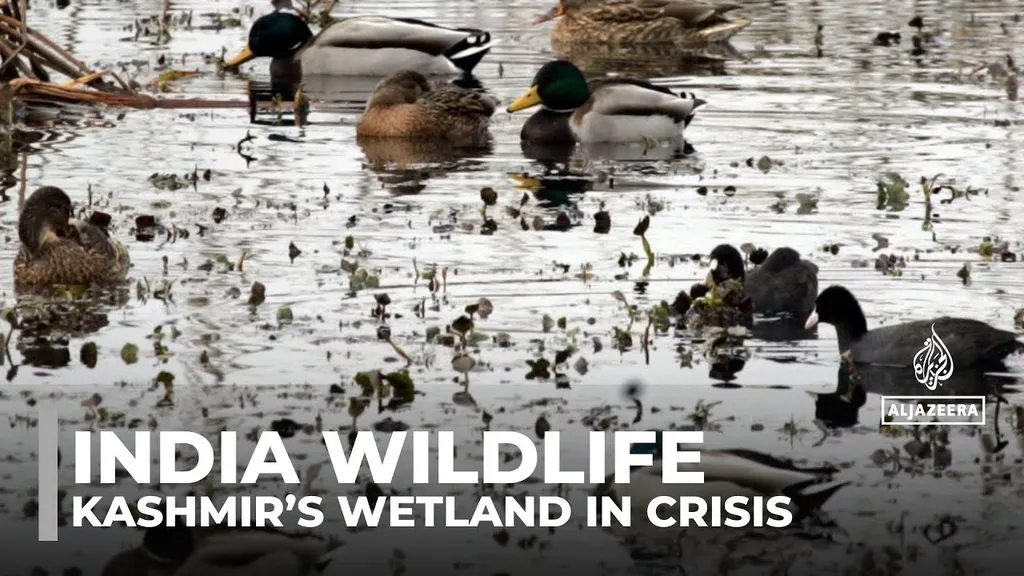In the heart of Kashmir Valley, a silent battle is unfolding beneath our feet. As urban expansion, waste disposal, and tourism encroach upon the region’s wetlands, the very foundation of its agricultural prosperity—its soil—is under siege. A recent study published in *Scientific Reports* sheds light on the stark realities of this environmental crisis, offering a sobering glimpse into the future of the region’s soil health and agricultural potential.
The research, led by Umar A. Mir from the Division of Environmental Sciences at SKUAST, focused on four major wetlands in Kashmir: Hokersar, Anchar, Manasbal, and Shallabugh. Over a period of three years, from 2019 to 2021, Mir and his team assessed the impact of human activities on the soil’s physico-chemical and microbial properties. Their findings paint a worrying picture of the degradation of soil health in disturbed wetlands, with significant implications for the agriculture sector.
The study revealed that the relatively undisturbed Shallabugh wetland boasted superior soil quality, with higher moisture content, organic carbon, available nitrogen, calcium, magnesium, and microbial indicators such as bacterial population and VAM (vesicular-arbuscular mycorrhizal) spores. “The undisturbed sites exhibited a remarkable capacity for self-regulation and resilience,” Mir noted, emphasizing the ecological value of preserving such areas.
In stark contrast, the disturbed wetlands showed increased bulk density, reduced phosphorus availability, and elevated levels of heavy metals like iron, copper, zinc, nickel, cadmium, and manganese. These changes not only hinder plant growth but also pose long-term risks to the agricultural productivity of the region.
The commercial impacts of these findings are profound. Soil fertility is the backbone of agriculture, and the degradation of soil health in these wetlands could lead to reduced crop yields, increased input costs, and ultimately, a decline in the region’s agricultural output. “The health of our soils is directly linked to the prosperity of our farmers,” Mir stated, underscoring the need for effective wetland governance and conservation strategies.
The study also highlighted the importance of microbial diversity in maintaining soil health. The presence of VAM spores, for instance, is crucial for nutrient cycling and plant growth. The decline in these microbial indicators in disturbed sites is a red flag, signaling the need for urgent action to preserve and restore the region’s soil biodiversity.
Looking ahead, this research could shape future developments in the field of agritech and environmental science. The use of advanced analytical techniques, such as principal component analysis and correlation matrices, offers a robust framework for assessing soil health and guiding conservation efforts. Moreover, the study’s findings could inform the development of targeted policies and practices aimed at mitigating the impacts of anthropogenic activities on soil health.
As the world grapples with the challenges of climate change and environmental degradation, the lessons from Kashmir Valley serve as a stark reminder of the need for sustainable practices and effective governance. The battle for the region’s soil health is far from over, but with concerted efforts and informed policies, there is hope for a prosperous and sustainable future for Kashmir’s agriculture sector.

